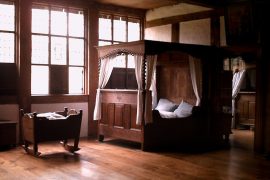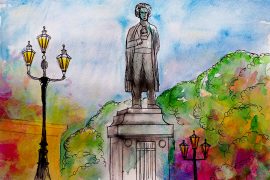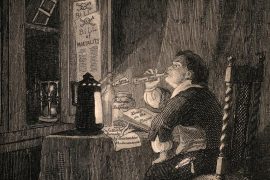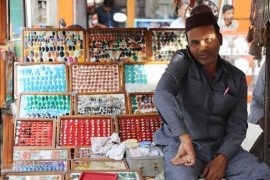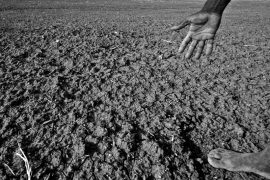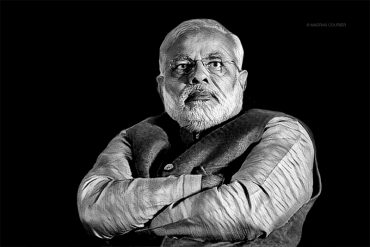Personal grooming has perhaps never been so important, so popular and so well-served by “product”. For men at least. Male grooming products are now part of a huge industry, worth hundreds of millions of pounds, with a bewildering array of skin care products on offer, from moisturisers and eye creams to makeup.
Although it has ballooned, the market for men’s cosmetics isn’t just a modern phenomenon. In fact, over the past three centuries or so, shaving soaps, paste and scents have often been linked to contemporary ideas about what men should look like. In the 17th century, for example, men valued their beards as tokens of their sexual potency and power. At this time, the use of cosmetics was largely limited to repairing damaged skin after shaving.
By the 1700s, new ideas about polite manliness, and the need to create a “public face” saw neatness, elegance and cleanliness being championed. Rough, ragged beards were out, and smooth, soft faces were in. For the technologically-conscious Victorians, however, things like utility and function and hygiene became important.
A glance through the advertising of these products can often tell us much about contemporary attitudes towards male appearance.
-30-
Copyright©Madras Courier, All Rights Reserved. You may share using our article tools. Please don't cut articles from madrascourier.com and redistribute by email, post to the web, mobile phone or social media.Please send in your feed back and comments to editor@madrascourier.com




